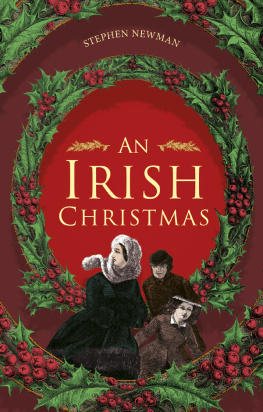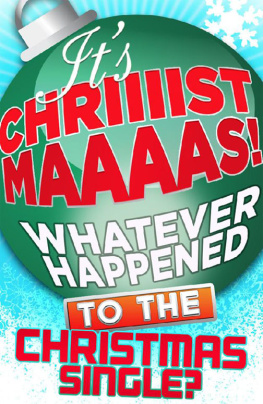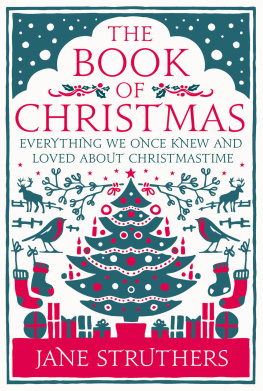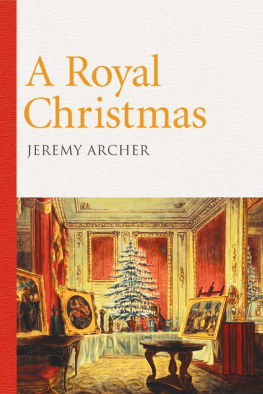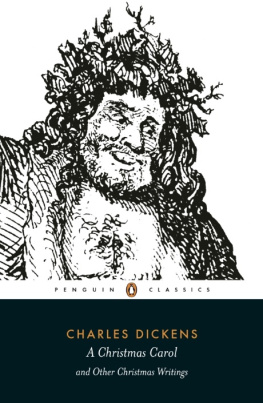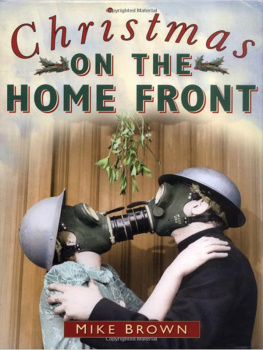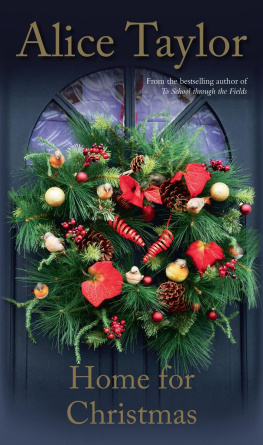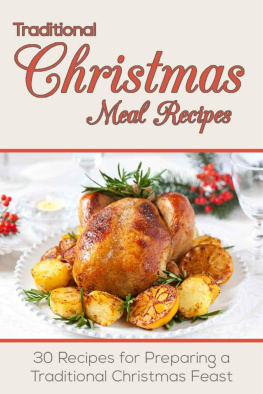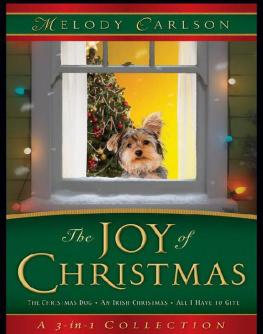

In memory of my mother, Joan Newman
First published in 2016
The History Press Ireland
50 City Quay
Dublin 2
Ireland
www.thehistorypress.ie
The History Press Ireland are a member of Publishing Ireland, the Irish Book Publishers Association.
This ebook edition first published in 2016
All rights reserved
Stephen Newman, 2016
Illustrations Myra OReilly, 2016
The right of Stephen Newman, to be identified as the author of this work has been asserted in accordance with the Copyright, Designs and Patents Act 1988.
This ebook is copyright material and must not be copied, reproduced, transferred, distributed, leased, licensed or publicly performed or used in any way except as specifically permitted in writing by the publishers, as allowed under the terms and conditions under which it was purchased or as strictly permitted by applicable copyright law. Any unauthorised distribution or use of this text may be a direct infringement of the authors and publishers rights, and those responsible may be liable in law accordingly.
EPUB ISBN 978 0 7509 8148 4
Original typesetting by The History Press
eBook converted by Geethik Technologies

Contents


Introduction
T he importance of the material contained within the archives of the National Folklore Collection is immense. It is a window into so many aspects of Irelands cultural history. One aspect of modern Irish consciousness which is highlighted by engagement with the archive is our cultural amnesia. We are disconnected through loss from the customs and beliefs of previous generations. Cultural amnesia is due to various factors, many of which began to gain momentum from the middle part of the nineteenth century. Language shift and other cultural forces associated with colonialism contributed greatly to this amnesia. Other agents of change include the centralization of the Church, which led to the displacement of traditional beliefs, generational changes in the socio-economic standards of families and communities, as well as the multi-faceted forces of globalisation, largely associated with the twentieth century. At the core of the work of what was originally founded as the Folklore of Ireland Society in 1927 (the government established the Irish Folklore Commission in 1935) was the preservation of material from a generation deemed to be one of the last with close links to what was understood as traditional society.
The material on Christmas is extensive and appears in two forms. Firstly, the general accounts of Irish rural life which were collected from the mid-1920s from informants in their sixties and older contain references to Christmas traditions. When reading the accounts by these particular informants, the reader can enjoy a sense of immediacy, as the direct transcription preserves their regional dialect and personal speaking styles. In addition, a large amount of material on Christmas can be found in a standardised questionnaire which was distributed to both full-time and part-time collectors in December 1944. In some cases the questionnaire was completed from interviews with individual informants, while in other cases the collectors conducted multiple interviews which they later summarised.
In December 1944, the Honorary Director of the Commission, Samus Duilearga, issued a letter to the Commissions collectors and contributors. The following is an extract:
This is the first time that a concerted effort is being made in Ireland to gather the traditional lore of Christmas. A great amount of valuable information is still available in every corner of the land on this important festival. The questionnaires about other festivals such as Martinmas, Samhain (Halloween), St. Johns Day, Lughnasa, were productive of a vast body of material, of which we are very proud. We rely upon you to do what lies in your power to make this questionnaire even more successful than any other issued by us hitherto. We should be grateful if, in making enquiries about the subject-matter of this questionnaire, you concentrated especially on the old traditional manner of celebrating Christmas rather than on the more recent innovations (such as Santa Claus, Christmas cards, mistletoe). We shall be grateful, however, for a note regarding the introduction of these in recent decades too. (NFC 1085: 1, letter from Samus Duilearga, December 1944.)
Interestingly, what Duilearga calls the more recent innovations of Christmas such as the tree, cards and Santa Claus, are described by informants as coming to the fore within the previous forty to sixty years, and the changes can be tracked moving from the east coast to the west.
In this book the material consulted was collected between 1928-1955. In extracting material from the collection I have attempted to show examples of regional diversity in the traditional celebration of Christmas, as well as including material in the Irish language (with translations). This does not, however, imply that the accounts here are in any way exhaustive. It is certain that many localised variations and nuances do not appear. Also, it is not within the parameters of this publication to adequately examine the often far-reaching and ancient origins of the many customs and beliefs; in many cases this may not even be possible. Of course, the collection itself has its own intrinsic limitations, which have inevitably excluded various groups on the island of Ireland. The work of the Commission was ideologically bound up with the State-building and cultural revival of the post-independence period, with its focus being on a particular view, or understanding, of what was meant by Irishness. This directed it, for the most part, towards a rural, Catholic population, within Irish-speaking areas and areas that had been Irish-speaking up to relatively recently. The large urban areas were largely ignored as well as other religious groupings on the island such as Protestants and Presbyterians.

I n traditional Irish society the festival of Christmas was seen as the biggest and greatest festival of the year. People began to look forward to Christmas from the period of Advent (beginning on the fourth Sunday before Christmas). It was a time of spiritual preparation; a reflective period during which attention was directed towards the coming of the Christ Child as a saviour, liberator and redeemer. Sen Duinn writes: The various texts which we hear in church during Advent express a longing for a saviour and an enlightener, for somebody who will rescue us from our predicament and who will give direction to our lives. This anticipation of a saviour is expressed in the following account of a traditional prayer said throughout Advent:
Next page
